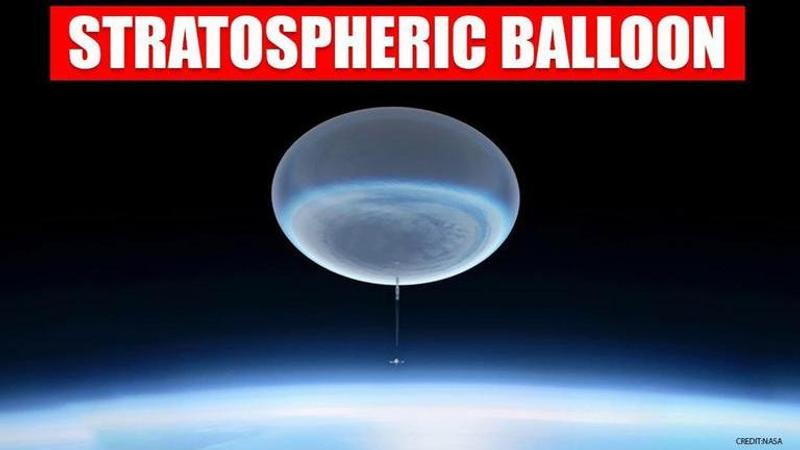Published 06:40 IST, July 25th 2020
NASA to launch 8.4-foot long stratospheric telescope on football stadium-sized balloon
The cutting-edge telescope will spend around 3 weeks over the southern polar cap and note astrophysical observations that can pave the way for future missions.

NASA has started work on a new mission that will launch an 8.4-foot long in the stratosphere on a giant balloon. Scheduled for launch in December 2023, ASTHROS (Astrophysics Stratospheric Telescope for High Spectral Resolution Observations at Submillimeter-wavelengths) will be mounted on a balloon the size of a football stadium and sent into the stratosphere from Antarctica.
The cutting-edge telescope will spend around three weeks over the southern polar cap and note astrophysical observations that can pave the way for future space missions.
NASA's Jet Propulsion Laboratory is managing ASTHROS which is capable of observing far-infrared light. The telescope needs to attain an altitude of 130,000ft -- nearly four times the altitude of commercial flights but still well within the planet's pull. At this altitude, the telescope will be able to record light wavelengths blocked by the atmosphere. JPL engineers will begin integrating and testing the sub-systems of the mission payload in August.
Scientific Balloon Program
NASA has been operating its Scientific Balloon Program for 30 years now and launches 10 to 15 missions a year to support scientific experience and technological development as well as educational purposes. While using balloons for scientific missions might seem outdated, it's a cost-effective method of launching and testing new technologies that haven't been into space.
Moreover, the shorter time gap between planning and deployment makes the use of balloons viable for high-risk missions that entail testing state-of-the-art technologies. Unknown technical or operational challenges that can impact mission output can be mitigated better with the use of space balloons.
Updated 06:40 IST, July 25th 2020



